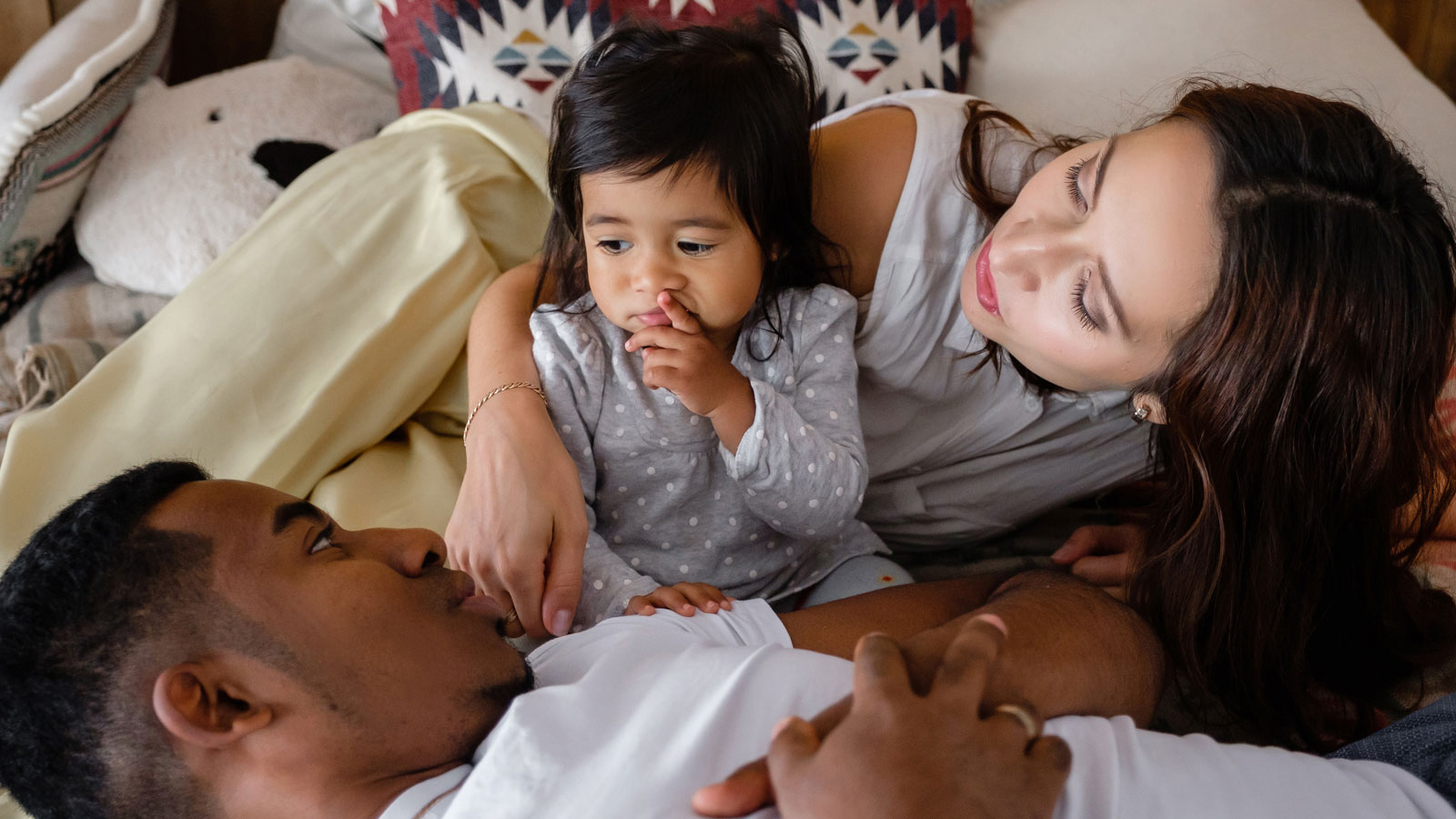The death of 46-year-old African-American George Floyd last month – who was pinned down by a police officer kneeling on his neck for more than eight minutes, despite protests from Floyd that he couldn’t breathe – had sparked outrage in the US. It has also created a ripple effect felt all over the world, including Singapore.
When discrimination against minorities occur at different places and on different levels every other day – George Floyd, Ahmaud Arbery, the Christchurch mosque shootings, the perpetuation of racial stereotypes in Singapore, and the misappropriation of other cultures’ dishes, among other incidents – we should ask ourselves as a society: How can we be better?
In Nelson Mandela’s 1994 autobiography, Long Walk to Freedom, the Nobel Peace Prize winner is quoted saying: “No one is born hating another person because of the color of his skin, or his background, or his religion. People must learn to hate, and if they can learn to hate, they can be taught to love, for love comes more naturally to the human heart than its opposite.”
Although the father of post-apartheid South Africa was right in that no child is born racist, a 2017 study found that at around six months, the average infant automatically begins to distrust anything that looks and sounds different than their parents.
“Because most of us are born into monoracial environments we start to show preferences for own-race individuals, and then we start to show biases,” Kang Lee, a human development researcher at the University of Toronto said.
So even if parents don’t explicitly hate on other ethnicities, they still need to teach children about tolerance and acceptance of other races and religions to temper the biases we naturally have.
But what about children who are raised in multiracial environments? The Pride speaks to mixed marriage couples on how they overcome challenges in their relationship and how they are teaching their interracial children to look beyond the colour of one’s skin and appreciate others for their value instead.
Discussing heritage and race is an open topic at home
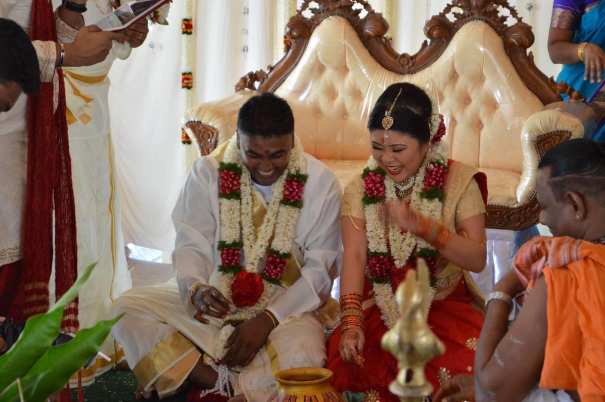
30-year-old Singaporean Camille Tan-Mahendran – who is a Roman Catholic – first met her husband, 37-year-old Malaysian Mahendran – an Indian Hindu – seven years ago at a friend’s bar while celebrating her brother’s 18th birthday.
For Tan-Mahendran, she counts herself fortunate that her parents did not oppose the relationship from the start. Her mother simply kept mum as she journeyed with the couple in their blossoming relationship and even hung out with them regularly at the bar where Mahendran works.
Tan-Mahendran shares, “All over the world, people struggle through racial discrimination. Marrying a darker skin tone will always be frowned upon. I had my worries that my family would find it hard to accept a person from a different race as my husband; we have our differences in every single aspect when it comes to faith and culture.
“As a Chinese person, it is actually quite common to be raised with racial discrimination towards the minority race. Even now, you can still hear Chinese grandparents asking their grandkids to behave, if not ‘Apu neh neh’ will catch. I believe that they don’t know how sensitive and hurtful it is. It has become ingrained in our older folks from way back then.
“That said, I was never once swayed to follow and believe what my elders said. I grew up in a multiracial church and we have never once segregated friendships due to skin tone or race. To me, racism does not naturally happen unless children learn from their elders and this should stop.”
This is why the couple believes in making race and heritage an open topic in their home for their two sons, Kierann (6) and Aarann (3).

“Kierann would come home and ask why he is different from his friends and we are always happy to explain to him that he is perfectly blended with Indian and Chinese heritage. My older boy has tanner skin tone whereas Aarann is fairer. When we go out, it is quite typical of strangers to say things like ‘Why are you so dark? Didi (younger brother) is fairer therefore he is more good looking.’.
“I used to rage because all these comments are unnecessary and these are comments that create racial issues. We often educate our boys and teach them to celebrate different cultural and religious festivities. It doesn’t matter what colour our skin tone is because we are all beautiful and talented in our own ways,” Tan-Mahendran adds.
The couple also recognises that having friends of different racial backgrounds also helps children see that they are not alone and that there are many families like the Mahendrans and children like Kierann and Aarann. In 2017, the Mahendrans started, Interracial Family Singapore, a community for all mixed families to unite and embrace diversity through events and family-centric activities.
Other stories you might like


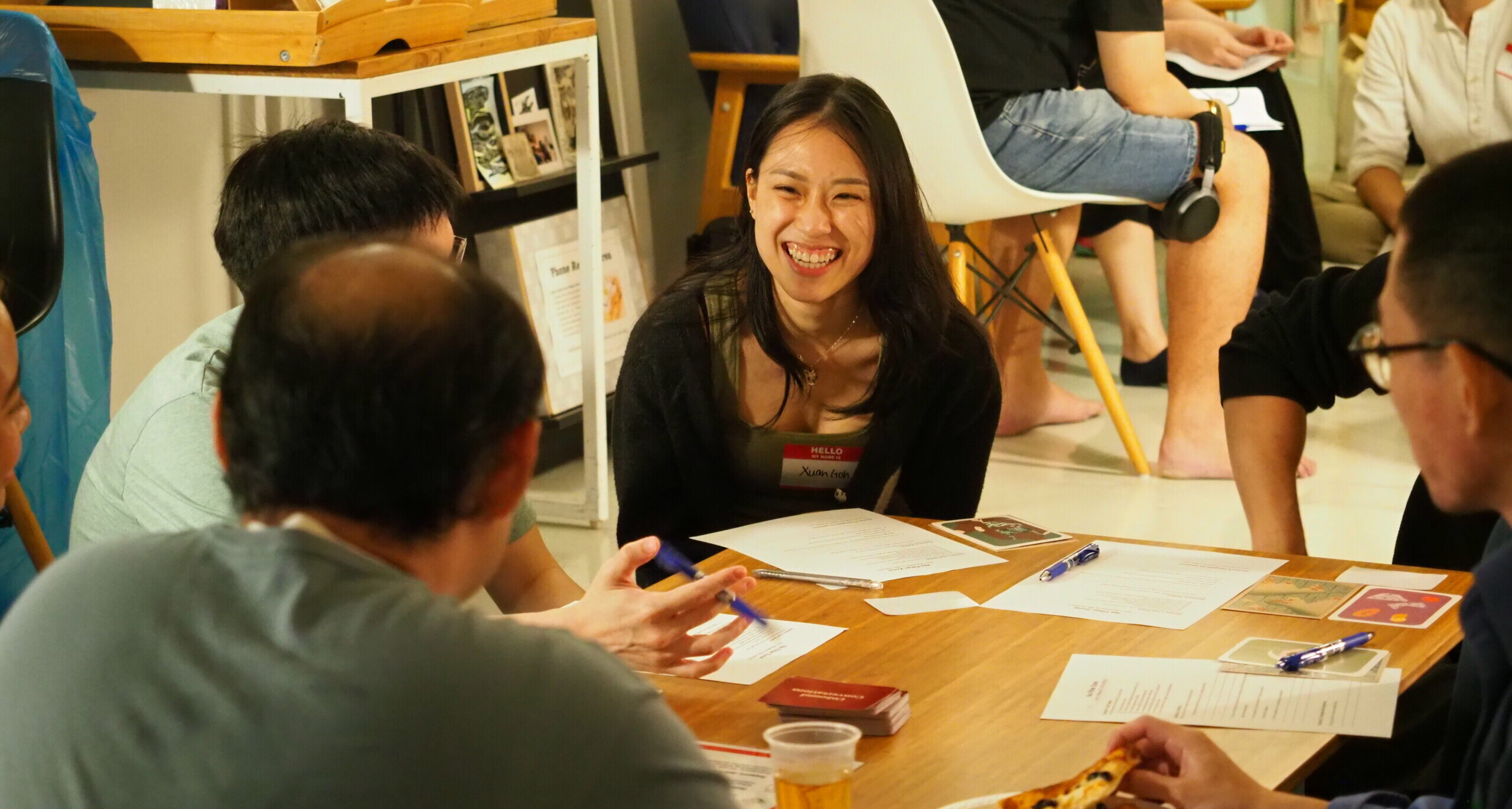
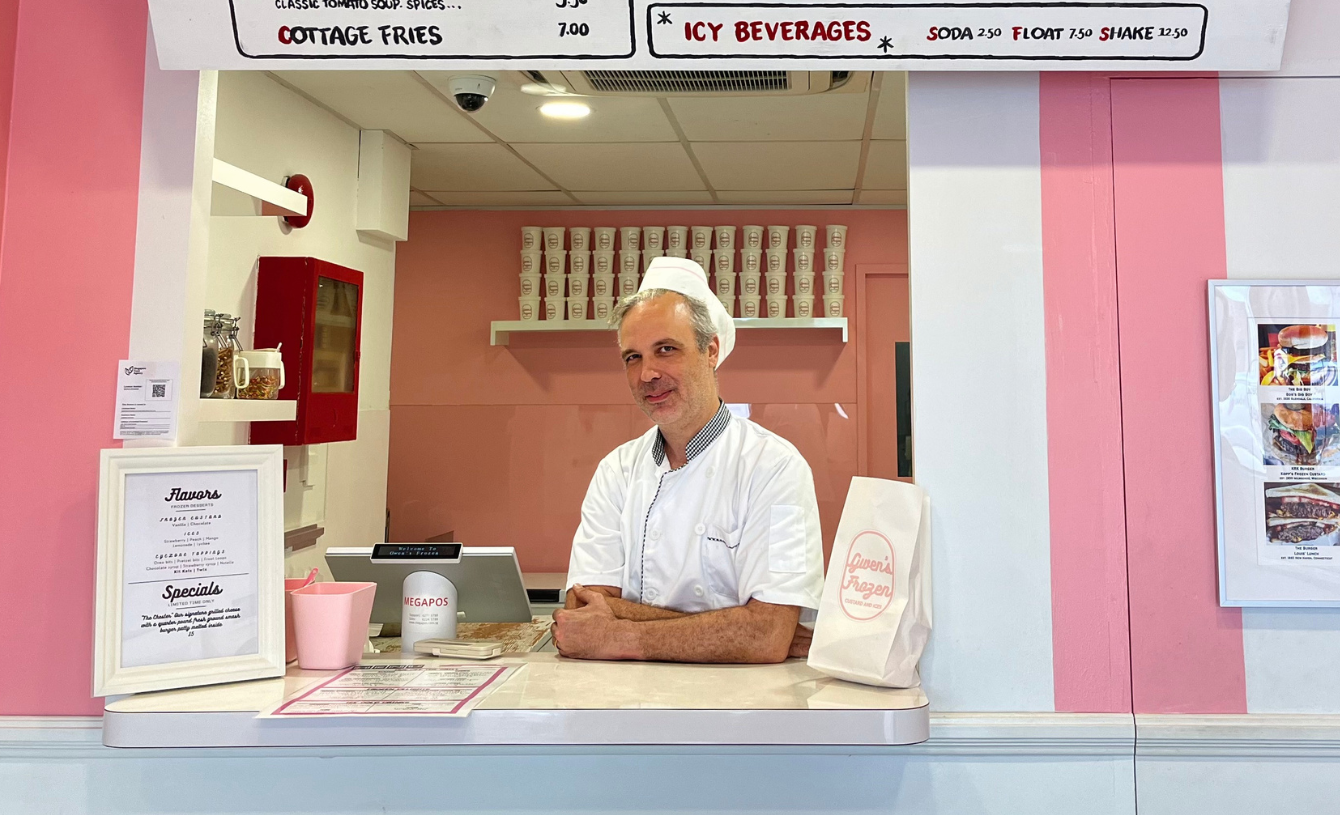



This couple’s children have godparents of different races
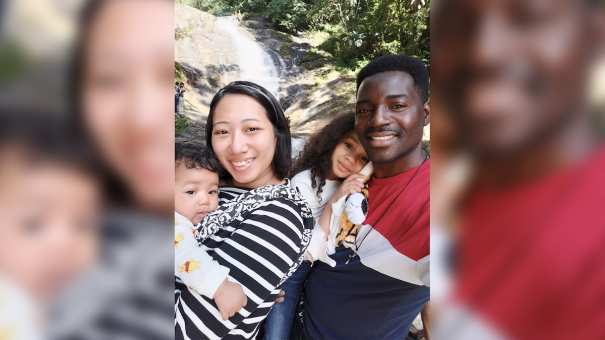
31-year-old Singaporean Rosemary Richard Sam, who is of Chinese and Indian heritage, has been married to her Nigerian husband, 35-year-old Ademola since 2014. They share two daughters, Ariel (6) and Iris (10 months).
Rosemary shares her challenges before tying the knot, “Some of my relatives were happy and some were shocked and not so forthcoming, but we knew we wanted to spend the rest of our lives together and with my parents’ blessing, no one else’s opinion mattered. Today, the relatives who were not forthcoming see the love we have for each other, they have nothing but positive words to say.
“I’ve never seen race as an obstacle to getting to know someone better, I’ve always felt comfortable mixing around with everyone of any race. Upbringing is very important, it could have been how my parents who are both Chindians as well, taught us the value and importance of respecting others,” she adds.
While her kids are still too young to understand the differences in race, her eldest daughter has four godparents who are Chinese, Chinese-Malay, Punjabi and Indian respectively.
To be adequately prepared when his daughters start learning Mandarin in school, Ademola is also learning the language. At the same time, he also teaches his young girls Yoruba, the language from his hometown in Nigeria. This way, the couple ensures that Ariel and Iris are equally exposed to both languages and cultures.
Rosemary finds it very hard to understand why racial disharmony still exists in society. She said that she had to deal with racial discrimination from a young age, and now she has to watch her children face the same problems too.
She added: “Society needs to see race as the human race and accept and learn the cultures because if they open up to it, they may open their minds to more interesting stuff.”
Skin colour does not define us
On June 2, a father shared a poignant lesson with his daughter about race and nationality in a Facebook post which went viral.
A few months ago, Lijesh Karunakaran’s five-year-old daughter, Mayuki, came home asking her father if she was Singaporean. Her classmate had told her that she wasn’t one because of her darker skin.
In another instance, Mayuki’s class buddy – a classmate the teachers pair students up with – refused to hold her hand, telling her that he was afraid of becoming “black” too.
Karunakaran shared that he had to pause to think about what to say to his daughter. Eventually he explained that perhaps her classmate might not have known that unlike paint colours, skin colours don’t mix.
A similar incident occurred while the pair was out shopping. A rainbow-coloured dress caught Mayuki’s attention but unfortunately, it was not in her size. Before Karunakaran could ask for the right size, the shop attendant passed him a pink dress and added, “We have it [the rainbow-coloured dress] in her size, but pink is nicer for her.”
Even after Karunakaran insisted that his daughter preferred the first dress, the woman replied, “Rainbow colours are very vibrant. Your daughter is dark. Take this pink one. This is nice for her”.
Karunakaran criticised the shop attendant for her insensitive comments and father and daughter left the shop to buy the same dress at another outlet. Nevertheless, despite being happy with her new dress, the young girl still asked her father if pink was better for her.
“All colours look great on you. Pink, blue, white, black… all colours look good. But the rainbow colours look perfect! You look very beautiful in this,” was his reply.
Through his post, netizens conveyed their support for the family and also shared similar incidents of such casual racism. One of them acknowledged how important parents are to help children understand and interpret the world around them.
It doesn’t even have to be a big deal. Perhaps, raising a child free of racism is a simple matter of getting the children accustomed to mingling with people of other races and cultures. Schools do a good job of educating children about race, culture and heritage, with events such as Racial Harmony Day. But even then, we should continue to teach our children about other cultural and religious beliefs to reduce their ignorance and debunk stereotypes of those who are not like them.
But it does begin with parents. Start by being welcoming to people of other races in their children’s school, at the workplace or even in your neighbourhood – after all, we are our child’s greatest role model.
If you like what you read, follow us on Twitter and Telegram to get the latest updates.
